3-Phase Voltage Optimisation: Optimising Power, Maximising Savings
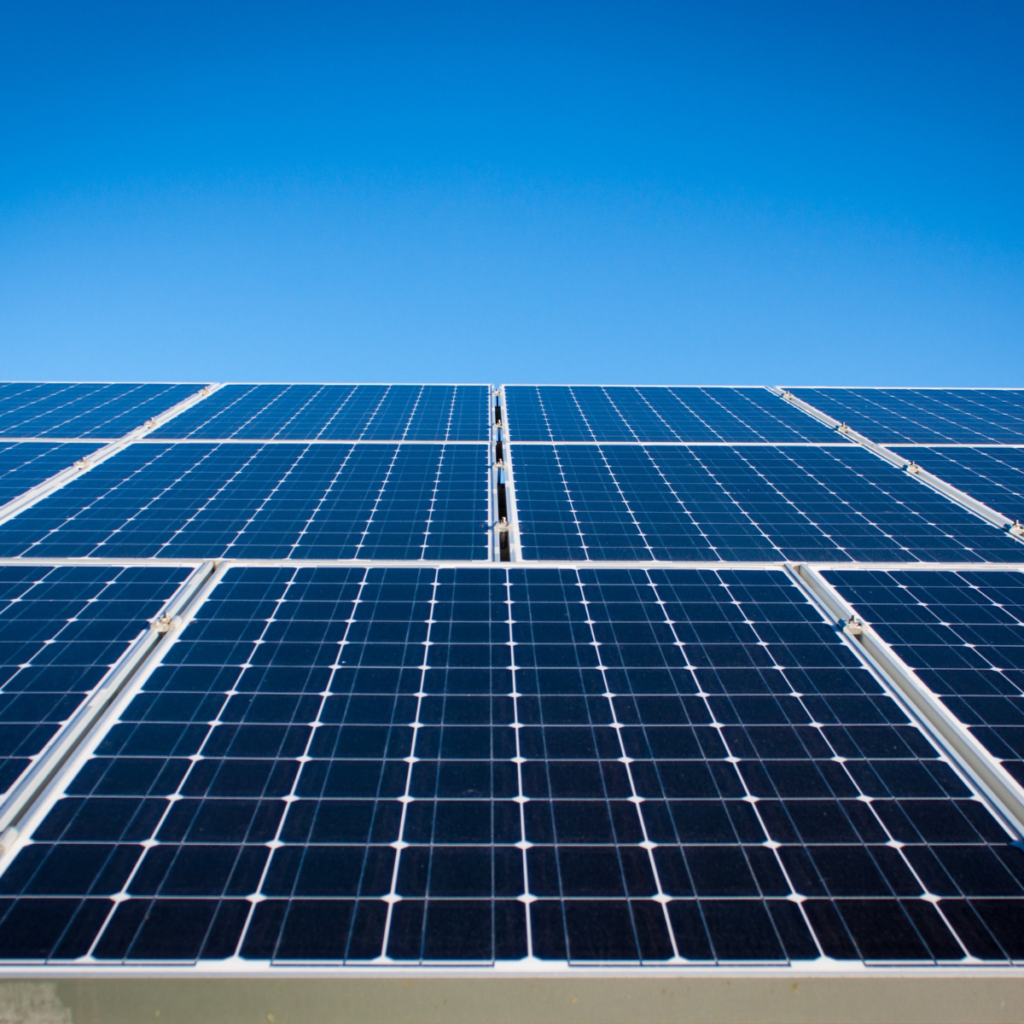
3-Phase Voltage Optimisation
Looking to save on energy bills, protect your equipment, and boost your sustainability efforts? 3-phase voltage optimisation could be your solution. For businesses operating large-scale facilities or industrial equipment, three-phase voltage optimisation offers significant efficiency improvements by balancing and managing high-voltage power supplies. Here’s a closer look at how this technology works, who can benefit, and why it might be a game-changer for your business.
What is 3-Phase Voltage Optimisation?
In large commercial and industrial environments, power is typically supplied via a three-phase system—essentially three currents supplied at staggered intervals, creating a more constant power flow. Most standard voltage optimisation solutions work on single-phase systems, but 3-phase voltage optimisation is designed for settings that need more robust voltage management to handle heavy machinery, large motors, HVAC systems, and other industrial equipment.
The goal? Lowering the incoming voltage to the optimal level for your specific setup. The result? Up to 12% reduction in energy use, extended equipment lifespan, and reduced carbon emissions. In the words of Powerdown220, the UK’s voltage optimisation specialist, “3-phase voltage optimisation lets businesses use only what they need, trimming excess and saving costs.”
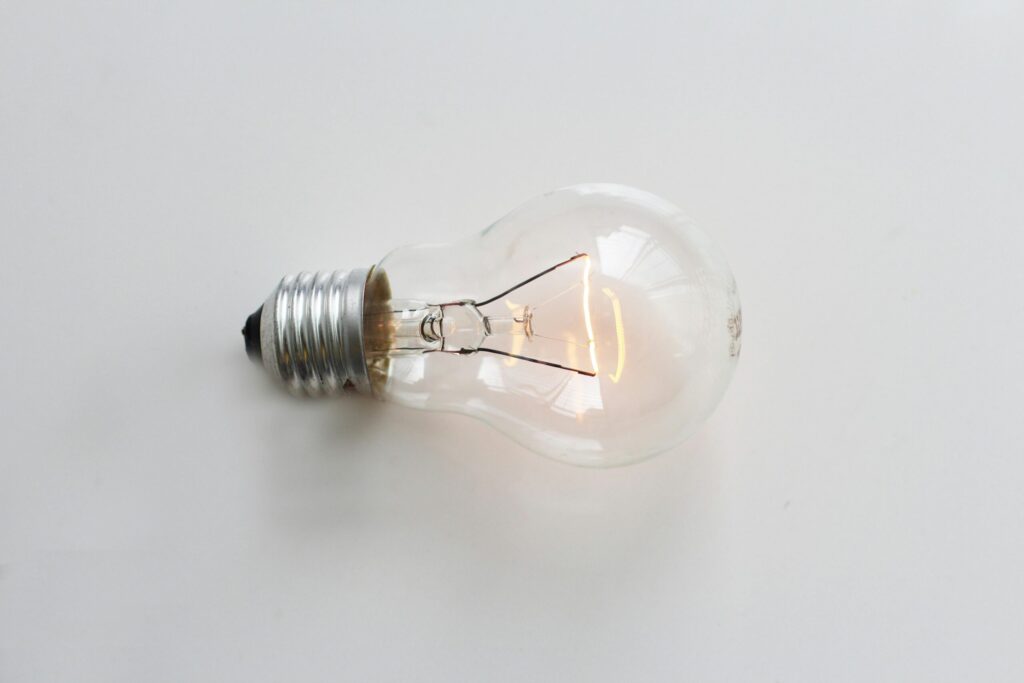
As a company we are united by set of values that drives forward the work that we do:
HONESTY
COMMITMENT
TEAMWORK
CONTINUED LEARNING
HARD WORK
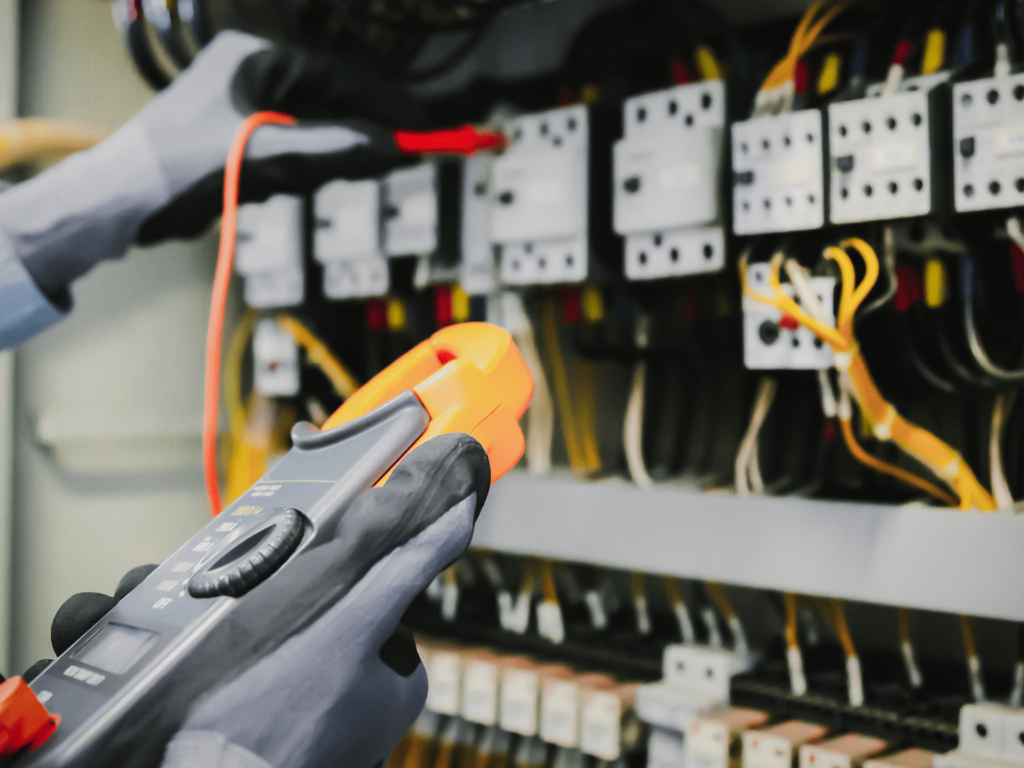
How Does 3-Phase Voltage Optimisation Work?
Think of it as a personalised energy diet for your facility’s power system. Three-phase voltage optimisation operates on all three phases of your incoming power supply, keeping it balanced and tailored to your equipment’s requirements. It acts as a buffer between the grid supply and your facility, adjusting the voltage in real-time.
Many industrial facilities in the UK receive an average grid voltage of 242 volts, but most equipment is optimised to run at 220 volts. This overvoltage means your business is potentially using more energy than necessary—and paying for it. A 3-phase voltage optimiser steps in, lowering the voltage to optimal levels and reducing unnecessary energy consumption, which lowers your bills and decreases the strain on your equipment.
Benefits of 3-Phase Voltage Optimisation
1. Substantial Energy Savings
The primary benefit of 3-phase voltage optimisation is the potential for significant energy savings. By reducing voltage to optimal levels, businesses can cut energy consumption by as much as 12%. For high-demand facilities, this reduction can mean thousands in annual savings.
2. Improved Equipment Lifespan
Excess voltage can be harsh on machinery, leading to overheating and wear that shortens its lifespan. With 3-phase voltage optimisation, your equipment receives a stable, precise voltage level, helping to reduce wear and tear and lower maintenance costs. In fact, by reducing the frequency of repairs and replacements, many businesses see an increase in their return on investment within the first couple of years.
3. Reduced Carbon Footprint
For businesses aiming to meet sustainability targets, 3-phase voltage optimisation offers a clear path. Lower energy consumption directly translates to reduced carbon emissions, making it easier for businesses to hit their green goals without compromising on operational efficiency.
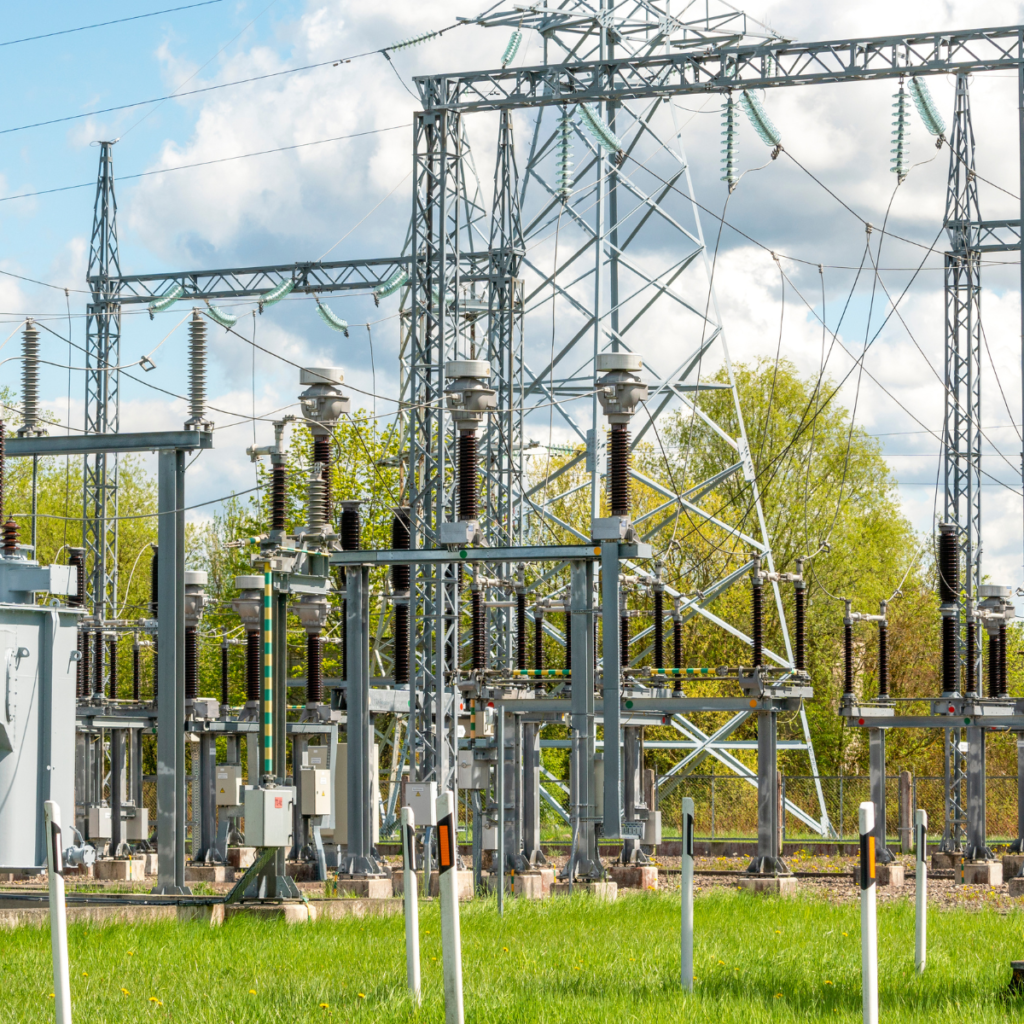
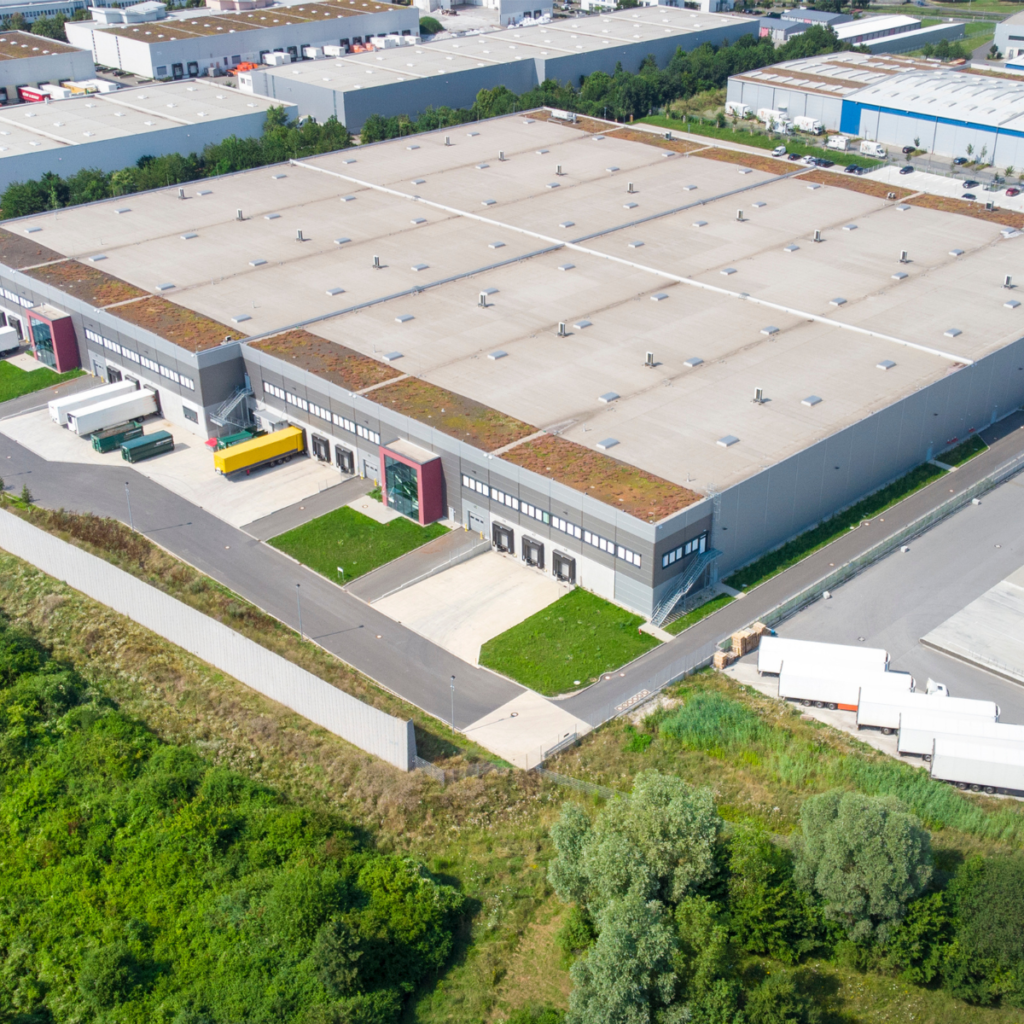
Is 3-Phase Voltage Optimisation Right for Your Business?
If your facility relies on heavy, high-energy equipment—think large motors, industrial HVAC systems, conveyor belts, or commercial refrigeration systems—then 3-phase voltage optimisation is likely to deliver excellent results. It’s particularly beneficial in manufacturing, data centres, and logistics centres, where stable and balanced voltage is crucial to operational efficiency.
For example, Powerdown220 recently installed 3-phase voltage optimisers across several high-demand sites, including manufacturing plants and distribution centres. Clients reported energy savings of up to 12%, in addition to fewer equipment breakdowns. Many businesses, especially those managing round-the-clock operations, find that the technology pays for itself quickly, often within 18 to 24 months.
How to Implement 3-Phase Voltage Optimisation
Getting started with 3-phase voltage optimisation is straightforward, but it begins with a thorough energy audit. To maximise your savings, it’s essential to understand the current voltage levels and power requirements of your facility. This involves:
- Conducting a Voltage Audit: An audit allows you to see where and when excess voltage is being supplied, giving you a clear picture of potential savings.
- Choosing the Right Technology: Not all 3-phase voltage optimisers are created equal. Some are fixed units, which reduce voltage by a set amount, while others are dynamic, automatically adjusting in real-time to match load demands.
- Setting Up Monitoring: Many modern 3-phase voltage optimisers include monitoring systems to track performance and savings, allowing you to see the direct benefits of the technology and make any necessary adjustments.


Why 3-Phase Voltage Optimisation is a Smart Investment
While there are many ways to reduce energy consumption, few are as straightforward as 3-phase voltage optimisation. This technology offers a “set it and save” solution, requiring minimal maintenance once installed. The long-term savings on energy costs, combined with the extended equipment lifespan, make it a financially sound choice for businesses looking to make a sustainable impact.
In addition, with more renewable energy sources entering the grid, voltage fluctuations are becoming more common. A 3-phase voltage optimiser helps to manage these fluctuations, keeping your systems running smoothly even as the energy landscape shifts. And with the UK’s ambitious sustainability targets, optimising voltage isn’t just a cost-saving measure—it’s a step toward a greener future.
Start Saving with 3-Phase Voltage Optimisation Today
If you’re ready to see how much your business could save, Powerdown220 offers a free savings calculator to give you a personalised estimate of potential savings through 3-phase voltage optimisation. With the right technology, you can cut costs, reduce your carbon footprint, and keep your operations running at peak performance.
Explore the benefits of 3-phase voltage optimisation and see how it can transform your facility’s energy management. Visit Powerdown220.co.uk to learn more.

